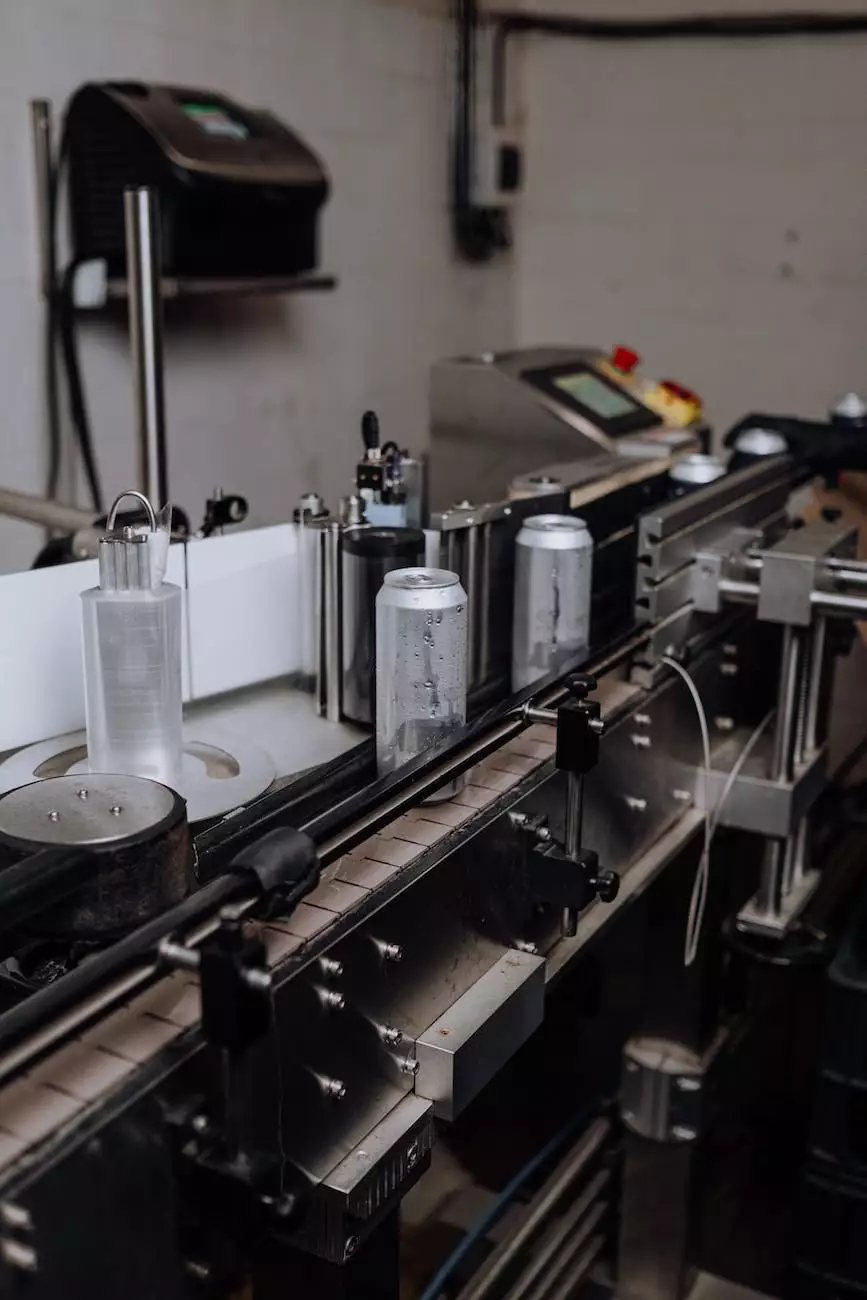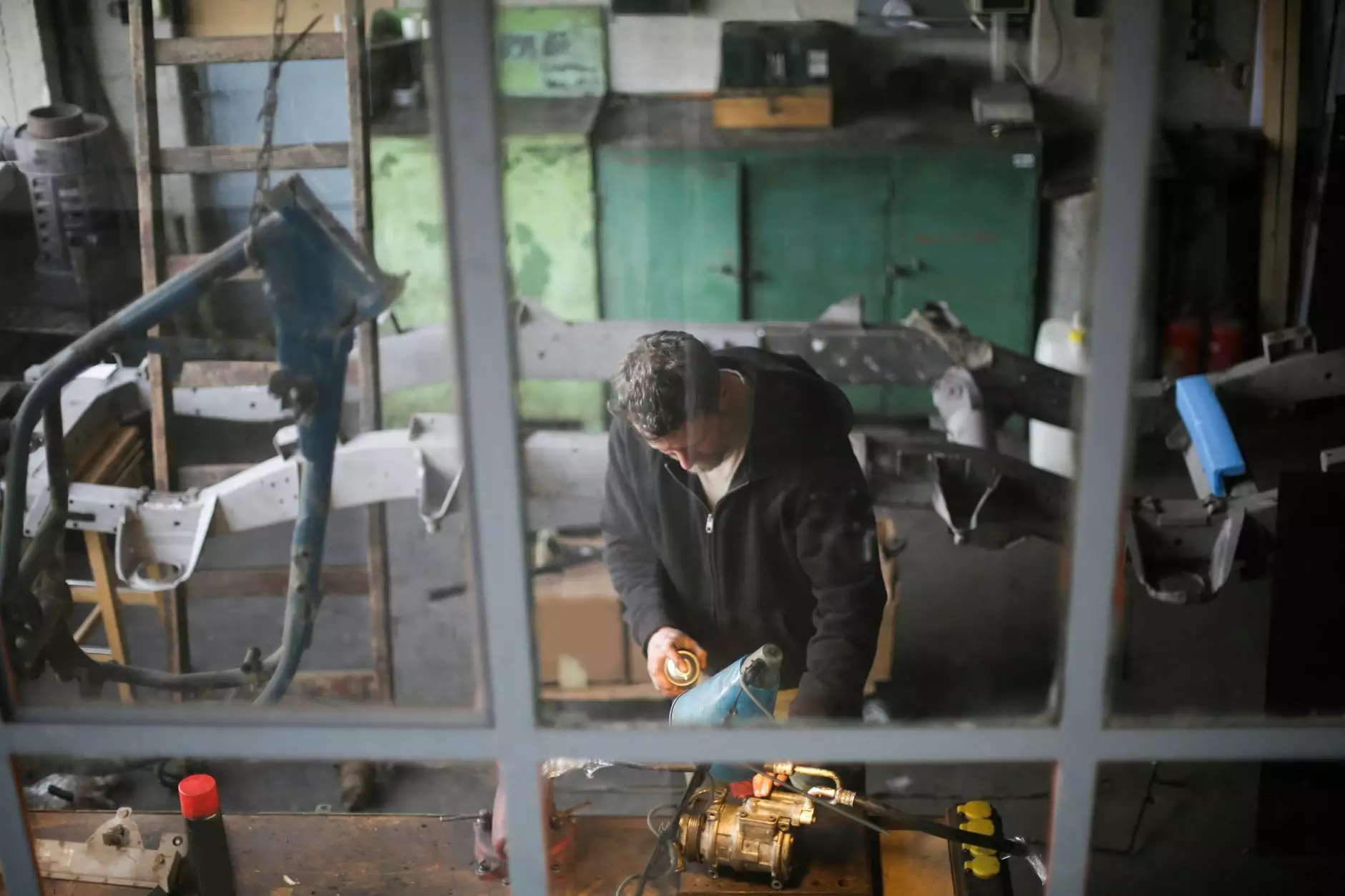Everything About Food Processing Machinery Design?
Design & Build Services
Introduction
Welcome to RPM Design and Prototype, your go-to resource for everything related to food processing machinery design. In this comprehensive guide, we will delve into the world of designing machinery specifically for food processing applications. We will explore the key components, considerations, and the latest trends in this dynamic industry. Whether you are a food manufacturer, engineer, or simply curious about the intricacies of food processing machinery design, this guide is tailored to meet your information needs.
Understanding Food Processing Machinery Design
Food processing machinery design involves a multidisciplinary approach to create efficient and reliable equipment for various stages of food processing, from raw material handling to packaging. It requires expertise in mechanical engineering, material science, hygienic design principles, automation, and safety regulations. Designing food processing machinery is not only about making equipment functional but also ensuring compliance with strict industry standards and regulations.
Key Components in Food Processing Machinery Design
1. Hygienic Design
Hygienic design is paramount in food processing machinery to prevent contamination and ensure product safety. Components such as contact surfaces, seals, joints, and materials used should be carefully selected and designed to be easily cleanable, resistant to corrosion, and capable of withstanding harsh cleaning and sanitizing agents. The aim is to minimize the risk of bacterial growth and maintain food integrity throughout the processing cycle.
2. Material Selection
Choosing the right materials for food processing machinery is crucial to meet both regulatory requirements and operational needs. Equipment often comes into contact with various food products, ingredients, and cleaning solutions. Materials must be food-grade, non-toxic, and resistant to wear, corrosion, and high temperatures. Common materials used in food processing machinery include stainless steel, food-safe plastics, and elastomers compliant with FDA regulations.
3. Automation and Control Systems
Incorporating automation and advanced control systems in food processing machinery design can significantly improve productivity, consistency, and efficiency. Automated machinery reduces human intervention, minimizes errors, and enables precise control over critical parameters such as temperature, mixing ratios, and processing times. From programmable logic controllers (PLCs) to human-machine interfaces (HMIs), integrating the latest automation technologies can streamline operations in food processing facilities.
4. Safety Considerations
Safety is a top priority in food processing machinery design. Equipment must adhere to industry safety standards and regulations to protect operators, prevent accidents, and minimize product recalls. Safety features such as emergency stop systems, interlocks, guards, and fail-safe mechanisms play a crucial role in mitigating risks associated with potential hazards like moving parts, high pressures, or exposure to hazardous substances.
Trends in Food Processing Machinery Design
The field of food processing machinery design continues to evolve with new technologies and market demands. Here are some emerging trends that are shaping the industry:
1. IoT-Enabled Machinery
The Internet of Things (IoT) is revolutionizing the food processing industry. Connected machinery can collect real-time data, monitor performance, and optimize processes. IoT-enabled devices offer benefits such as predictive maintenance, remote monitoring, and data-driven decision-making, leading to increased efficiency and reduced downtime.
2. Energy Efficiency
Energy consumption is a significant concern for food processing facilities. Designing machinery with energy-efficient components and systems can help reduce operational costs and environmental impact. Innovative features like variable frequency drives, energy recovery systems, and efficient heat exchangers are becoming increasingly popular in modern food processing machinery.
3. Flexibility and Customization
Food manufacturers often require machinery that can accommodate different product types, sizes, and processing techniques. Flexible and customizable equipment enables efficient production, reduces changeover times, and enhances overall productivity. Modular designs, quick-change tooling, and adaptable control systems are key considerations in fulfilling the evolving needs of food processors.
4. Sustainability
With growing environmental concerns, sustainable design practices are gaining prominence in the food processing machinery industry. Companies are increasingly focusing on reducing waste, optimizing resource utilization, and implementing eco-friendly manufacturing processes. Machinery designs that emphasize recyclability, energy conservation, and reduced water consumption are becoming essential for sustainable and responsible manufacturing.
Conclusion
RPM Design and Prototype hopes that this comprehensive guide has provided you with valuable insights into food processing machinery design. We have covered the key components, considerations, and emerging trends in this ever-evolving industry. Designing machinery for food processing applications requires a careful balance between functionality, compliance, and innovation. Stay updated with the latest advancements in the field to ensure your production processes are efficient, safe, and in line with industry standards.
For further information or assistance with your specific food processing machinery design needs, feel free to contact RPM Design and Prototype. Our team of experts is ready to help you bring your ideas to life and create tailored solutions for your business.










